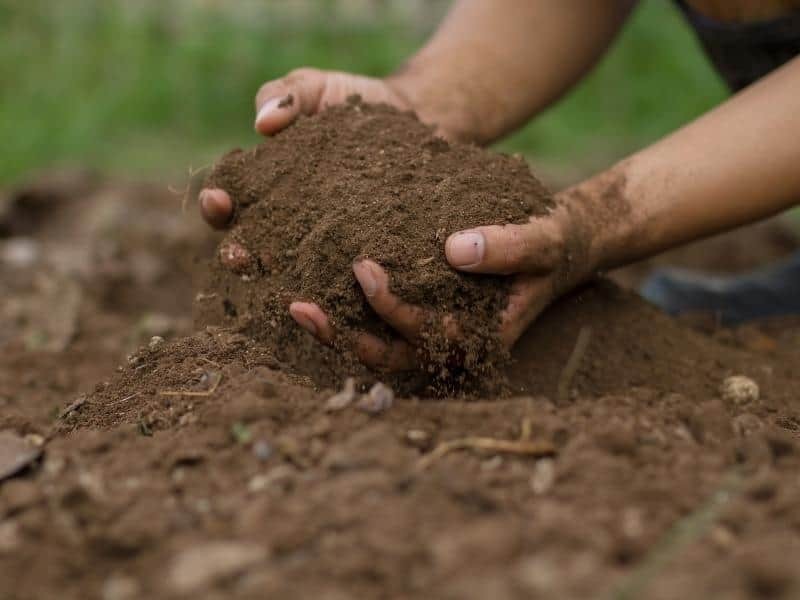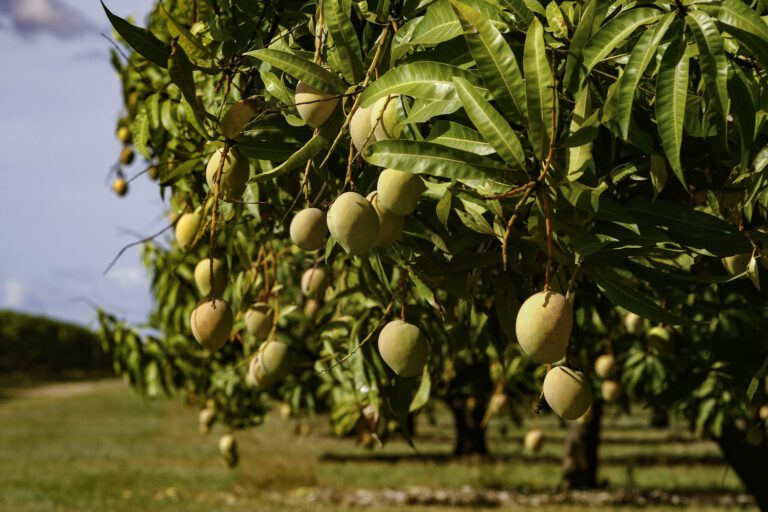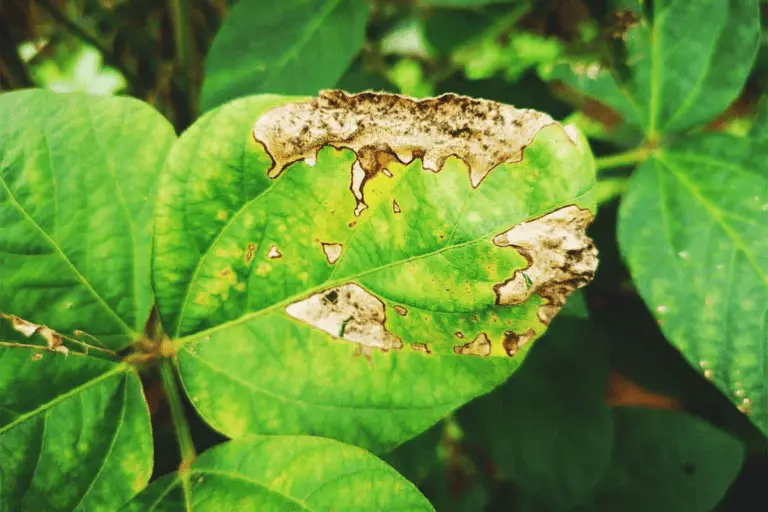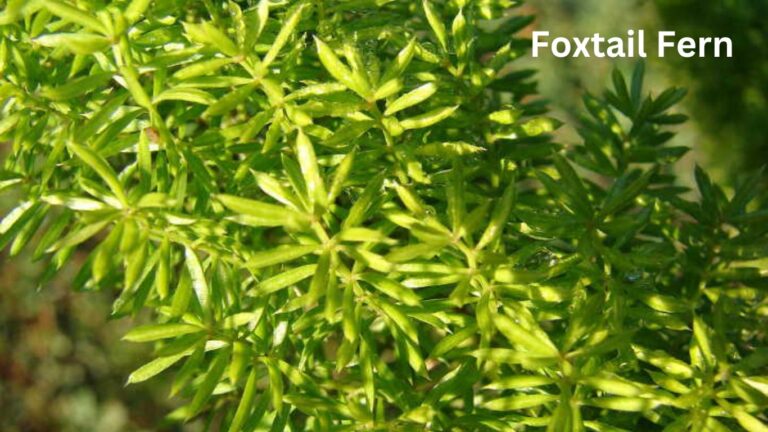Clay Soil: How to Amend and Improve It
Table of Contents
Understanding the Characteristics of Clay Soil
Clay soil is a common soil type found in many regions, characterized by its fine texture and high content of clay particles. It has distinct characteristics that set it apart from other soil types, which can both benefit and challenge gardeners. One prominent feature of clay soil is its ability to retain water. The small particle size and compact nature of clay allow it to hold onto moisture for extended periods, providing a steady supply of water to plants even during drier periods. This is especially advantageous in arid regions where water conservation is vital for successful gardening.
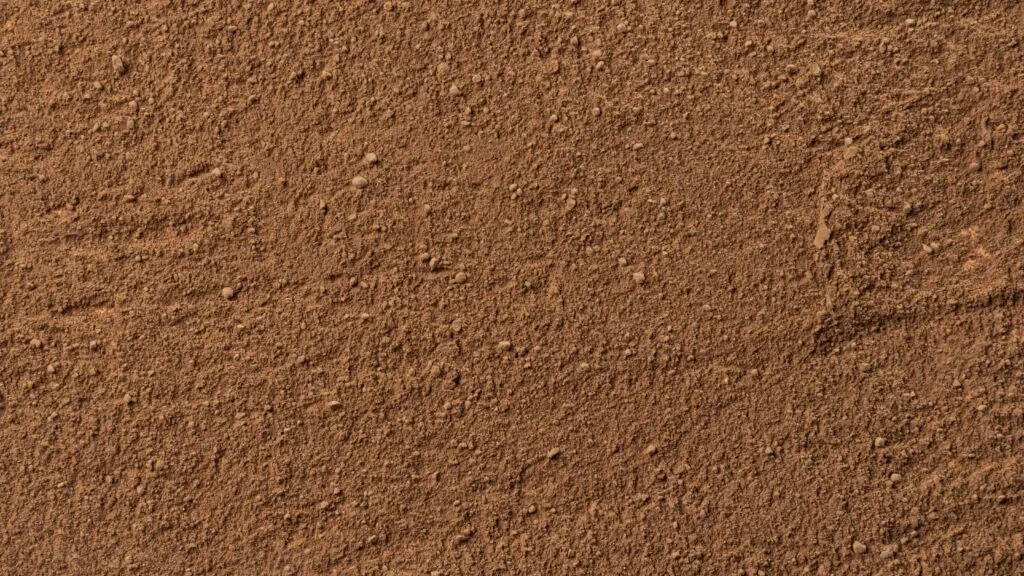
However, the high water retention capacity of clay soil can also pose challenges. Its dense composition can lead to poor drainage, causing excess water to accumulate and potentially saturate plant roots. This can result in waterlogged conditions that promote root rot and hinder the uptake of essential nutrients by plants. Additionally, the compacted structure of clay soil can make it difficult for plant roots to penetrate and expand, leading to stunted growth and limited nutrient absorption. Understanding these characteristics of clay soil is crucial for gardeners to make informed decisions in cultivation practices and soil improvement strategies.
Identifying the Challenges of Clay Soil in Gardening
Clay soil can present certain challenges for gardening enthusiasts, as its unique characteristics can make it more difficult for plants to thrive. One of the main challenges of clay soil is its heavy texture, which can lead to poor drainage. Due to its dense composition, clay soil tends to hold onto water for longer periods of time, resulting in waterlogged conditions that can suffocate plant roots. This can hinder the uptake of nutrients and oxygen necessary for healthy growth, making it essential for gardeners to take appropriate measures to improve drainage in clay soil.
Another challenge of clay soil is its tendency to compact easily. When clay soil becomes compacted, it can limit the movement of air and water within the soil, further exacerbating drainage issues. Compacted clay soil also poses challenges for plant roots, as they struggle to penetrate through the dense soil particles, impeding root growth and overall plant development. Gardeners need to be mindful of this issue and implement strategies to prevent or alleviate soil compaction in order to create a conducive environment for plant growth.
Assessing the Nutritional Needs of Plants in Clay Soil
Assessing the nutritional needs of plants in clay soil is key to ensuring their healthy growth and productivity. Clay soil, with its dense and compacted nature, presents unique challenges in terms of nutrient availability and uptake. In order to determine the specific nutritional requirements of plants in clay soil, a thorough analysis of the soil composition is crucial.
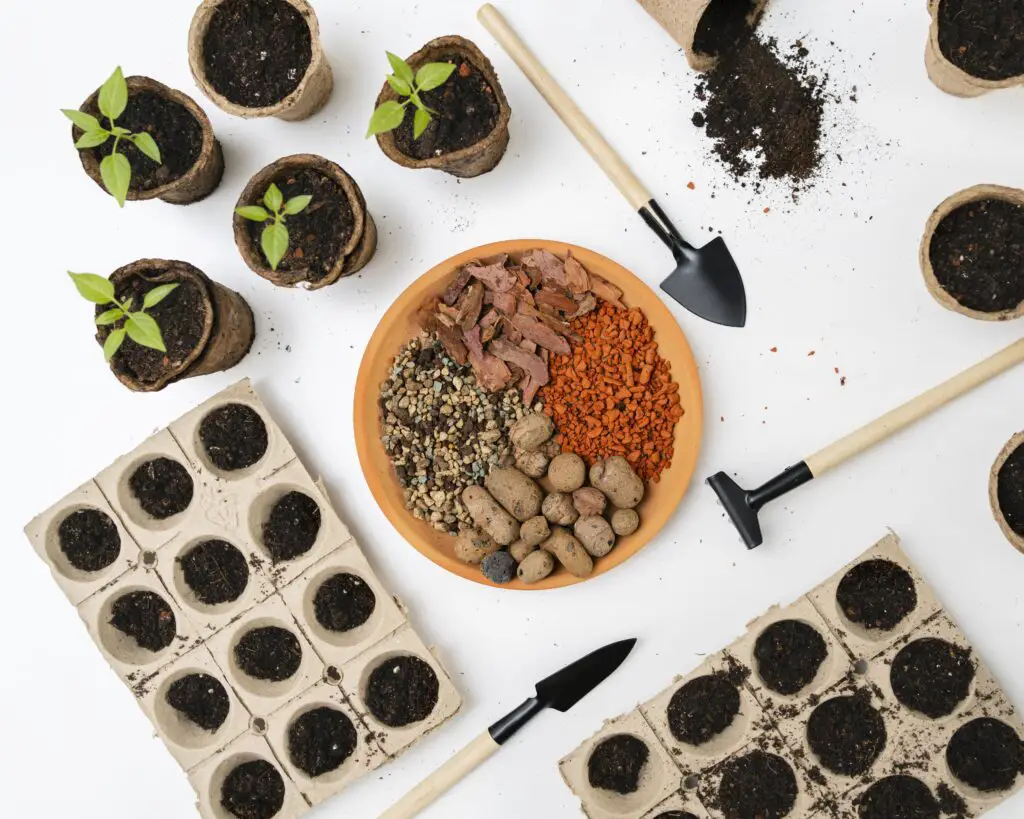
A comprehensive soil test will provide valuable information on the nutrient levels and pH balance of the clay soil. This analysis will help identify any deficiencies or excesses of essential elements such as nitrogen, phosphorus, and potassium, as well as secondary and micronutrients. Armed with this knowledge, gardeners can make informed decisions about the appropriate fertilizers and amendments to apply to the soil, ensuring that plants receive the nutrients they need for optimum growth and development. By tailoring the fertility program to address the specific requirements of the plant species being cultivated, gardeners can mitigate any nutrient imbalances and promote healthy plant growth.
Techniques to Test the pH Levels of Clay Soil
Testing the pH levels of clay soil is essential for understanding its acidity or alkalinity, as this directly affects plant growth and nutrient availability. One effective technique to determine the pH levels of clay soil is by using a soil pH meter. This handheld device measures the hydrogen ion concentration in the soil and provides a quick and accurate reading.
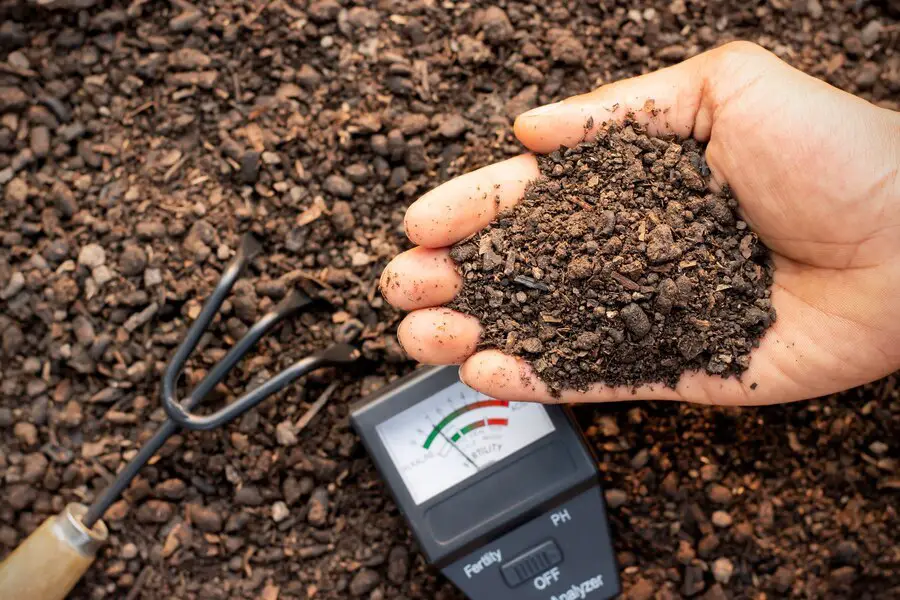
To begin, ensure that the soil sample is representative of the area you wish to test. Take multiple samples at various locations within the garden, avoiding areas near buildings or artificial structures. Mix the soil samples together in a clean container and remove any debris such as rocks or stones.
Next, insert the metal prong of the soil pH meter into the soil sample, ensuring it reaches the desired depth specified by the manufacturer. Wait for the reading to stabilize, which usually takes a few minutes, and record the pH value displayed on the device. Remember to clean the prong of the pH meter between each sample to prevent contamination and ensure accurate results.
Another commonly used technique to test the pH levels of clay soil is through a pH testing kit. These kits typically contain indicators, color charts, and detailed instructions. Extract a small soil sample and mix it with the provided indicator solution. The color change of the mixture corresponds to a specific pH level, as determined by the color chart included in the kit. Compare the color of the solution with the chart to identify the pH value of the soil.
By understanding the pH levels of clay soil, gardeners can make informed decisions regarding appropriate plants to grow and necessary amendments for optimal growth. Regularly testing the soil pH is crucial as it helps maintain a favorable environment for plants, ensuring healthy growth and productive gardening endeavors.
Selecting the Right Amendments for Clay Soil Improvement
Selecting the right amendments for clay soil improvement is essential for creating a healthy and productive garden. Clay soil, known for its dense and compact structure, can present numerous challenges for plant growth and root development. However, by incorporating the appropriate amendments, gardeners can improve the soil’s structure, drainage, and nutrient-holding capacity.
One of the primary objectives when selecting amendments for clay soil is to enhance its drainage capabilities. The addition of organic matter, such as compost or well-rotted manure, can help break up compacted clay particles, allowing for better water infiltration and root penetration. Organic matter also improves soil aeration and increases microbial activity, which promotes nutrient cycling and the release of essential elements for plant growth.
This table outlines the amendments beneficial for improving clay soil:
| Amendment | Description |
|---|---|
| Organic Matter | Compost, well-rotted manure, or leaf mold improve clay soil structure and aeration. |
| Sand | Coarse sand incorporation helps increase drainage and reduce soil compaction. |
| Gypsum | Gypsum aids in breaking down clay particles, enhancing soil structure and drainage. |
| Perlite | Adding perlite improves aeration and prevents clay soil from becoming too compact. |
| Peat Moss | Peat moss lightens clay soil, improving its ability to retain moisture and nutrients. |
Furthermore, adding gypsum to clay soil can help reduce compaction and improve its overall structure. Gypsum works by displacing sodium ions, which are responsible for the tight binding of clay particles. This displacement process creates smaller, more stable soil aggregates that allow for improved water movement and root expansion. Gypsum can be applied by broadcasting it over the soil surface or mixing it into the top few inches of soil.
In conclusion, selecting the right amendments for clay soil improvement is crucial for creating a thriving garden. By incorporating organic matter and using gypsum, gardeners can enhance drainage, break up compacted soil, and provide a more favorable environment for plant roots. These amendments, combined with proper watering techniques and regular monitoring of soil health, will contribute to long-term soil improvement and successful gardening in clay soil.
Incorporating Organic Matter to Enhance Clay Soil Structure
Incorporating organic matter into clay soil is a crucial step in enhancing its structure and fertility. Organic matter, such as compost, decomposed leaves, and well-rotted manure, can significantly improve the texture and drainage of clay soil.
When organic matter is added to clay soil, it acts as a binding agent, creating pore spaces that allow for better air circulation and water infiltration. These pore spaces also provide a habitat for beneficial soil organisms, such as earthworms and microorganisms, which contribute to the overall health of the soil.
Moreover, organic matter serves as a reservoir for essential plant nutrients. It acts as a sponge, holding onto nutrients and slowly releasing them to plant roots as needed. This can help prevent nutrient leaching and make nutrients more available to plants over an extended period.
To incorporate organic matter into clay soil, it is recommended to spread a layer of compost or well-rotted organic matter over the surface and mix it into the top few inches of soil. This can be done with a garden fork or a tiller, taking care not to overwork the soil. It is important to repeat this process annually or as needed to maintain a healthy balance of organic matter in the soil.
Overall, incorporating organic matter is a simple yet effective technique to enhance the structure of clay soil. It improves drainage, increases nutrient availability, and promotes healthy soil life, setting the foundation for successful gardening in clay soils.
Applying Gypsum to Reduce Clay Soil Compaction
Gypsum, a mineral commonly used in construction, can also be a valuable tool in reducing clay soil compaction in gardens. Clay soil is known for its heavy, compacted nature which can make it difficult for water and air to penetrate, limiting the growth and health of plants. Applying gypsum to clay soil can help to alleviate this problem.
Gypsum acts as a soil conditioner, improving the structure and porosity of the soil. When gypsum is applied to clay soil, it works to break up the compacted layers, allowing roots to penetrate deeper and water to drain more effectively. This can help to prevent waterlogging and improve the overall drainage of the soil. Additionally, gypsum enhances the soil’s ability to retain vital nutrients, ensuring that plants have access to the necessary elements for healthy growth.
This table shows how applying gypsum can alleviate clay soil compaction:
| Action | Description |
|---|---|
| Gypsum Application | Spread gypsum evenly over the surface of compacted clay soil according to recommended rates. |
| Incorporation | Use a garden fork or tiller to work the gypsum into the top few inches of the soil for better penetration. |
| Watering | Water the area thoroughly after applying gypsum to aid in its breakdown and movement into the soil. |
| Monitoring | Monitor soil structure over time to observe improvements in aeration and reduced compaction. |
By reducing compaction, improving drainage, and enhancing nutrient availability, gypsum can play a crucial role in optimizing the health and productivity of plants in clay soil. It is important to note that the application of gypsum should be done in accordance with recommended rates and guidelines to avoid any potential negative effects. Consulting with a local agricultural extension office or a professional gardener can provide valuable insight into the specific needs of your garden and ensure the most effective use of gypsum for reducing clay soil compaction.
Enhancing Drainage in Clay Soil through Proper Watering Techniques
To enhance drainage in clay soil and ensure optimal plant growth, it is crucial to implement proper watering techniques. Clay soil has a tendency to retain water, which can lead to waterlogged conditions, root rot, and poor drainage. By following these guidelines, gardening enthusiasts can improve drainage and promote healthy plant development.
Firstly, it is important to water clay soil deeply and infrequently. Instead of frequent shallow watering, which encourages shallow root growth, deep watering allows the water to penetrate the soil and reach the deeper root zones. This helps plants establish a strong root system that can access water and nutrients more effectively. To achieve deep watering, use a soaker hose or a drip irrigation system, ensuring that water is applied slowly and evenly across the soil surface.
Secondly, it is advisable to water clay soil in the early morning or late evening when evaporation rates are lower. This timing allows the soil to absorb the water before the heat of the day increases evaporation. By avoiding watering during peak sunlight hours, more water is retained in the soil, benefiting plant growth and reducing the risk of water runoff.
Implementing these proper watering techniques for clay soil will not only improve drainage but also promote healthier plant growth. The next section will discuss the crucial role of mulching in retaining moisture and preventing erosion in clay soil.
The Role of Mulching in Retaining Moisture and Preventing Erosion in Clay Soil
Mulching plays a vital role in retaining moisture and preventing erosion in clay soil. By covering the soil surface with a layer of organic or inorganic material, gardeners can create a protective barrier that keeps water from evaporating and reduces the risk of soil erosion caused by heavy rain or wind.
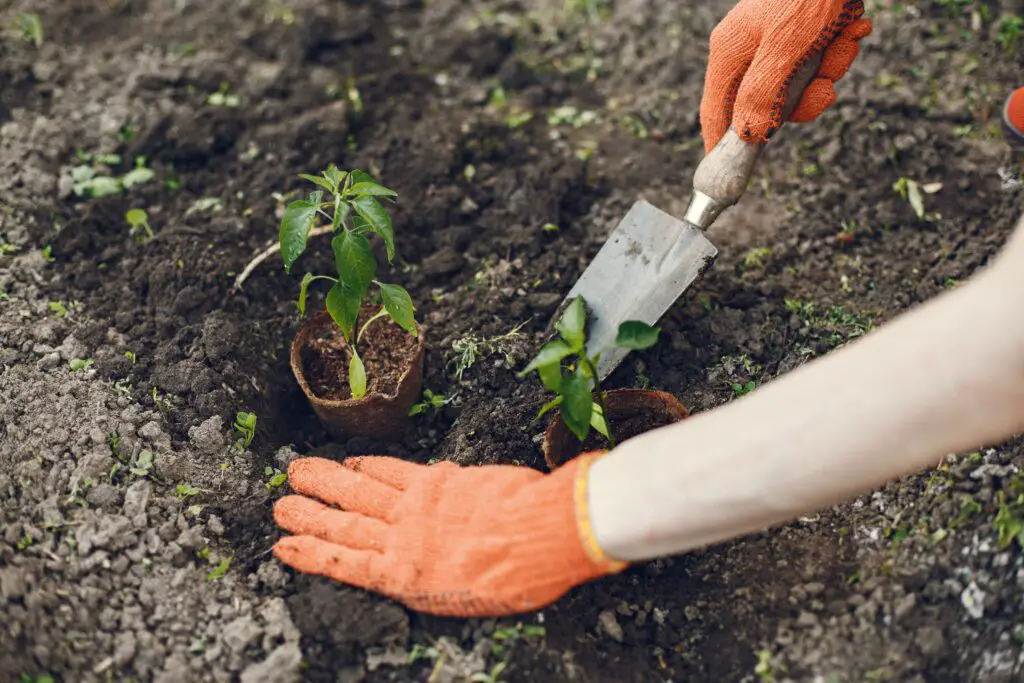
One of the key benefits of mulching in clay soil is its ability to retain moisture. Clay soil tends to hold onto water but also becomes compacted easily, making it difficult for plants to access the moisture within. By incorporating a layer of mulch, gardeners can help regulate soil moisture levels by reducing evaporation and increasing water infiltration. This becomes particularly significant during dry periods when water resources are scarce. Furthermore, mulching can also help promote healthier plant growth by reducing soil temperature fluctuations and preventing weed competition which can hinder moisture absorption by plant roots.
Additionally, mulching plays a crucial role in preventing soil erosion. Clay soils are prone to erosion since their tightly packed particles can become quickly eroded and washed away during heavy rainfall. Mulch acts as a protective layer that shields the soil surface, preventing raindrops from directly hitting the ground and compacting the soil. Moreover, it helps slow down the flow of water, allowing it to infiltrate into the soil gradually, reducing the risk of runoff and erosion. By preventing erosion, mulching contributes to healthier plant root systems, improved nutrient availability, and better overall soil health.
Nurturing Beneficial Soil Organisms for Clay Soil Health
The health and productivity of clay soil can be greatly enhanced by nurturing beneficial soil organisms. These microscopic creatures play a vital role in maintaining soil structure, nutrient cycling, and overall soil health. By promoting the growth and activity of these beneficial organisms, gardeners can create a thriving ecosystem that supports plant growth and improves the quality of clay soil.
One of the key ways to nurture beneficial soil organisms is by adding organic matter to the soil. Organic matter, such as compost or well-rotted manure, provides a rich source of nutrients and energy for soil organisms. As these organisms break down the organic matter, they release essential nutrients that plants can easily absorb. Additionally, organic matter improves the soil’s ability to retain moisture and creates a favorable environment for beneficial soil organisms to thrive. Gardeners can incorporate organic matter into clay soil by spreading a layer of compost or aged manure over the surface and gently incorporating it into the top few inches of soil. This practice should be done regularly to ensure a continuous supply of nutrients for both plants and soil organisms.
Want To Know More about Nurturing Beneficial Soil Organisms for Clay Soil Health, watch the video!
By nurturing beneficial soil organisms, gardeners can transform their clay soil into a thriving and productive garden oasis. Ensuring a steady supply of organic matter and creating favorable conditions for these organisms will result in improved soil structure, nutrient availability, and overall soil health. As gardeners embrace these practices, they will witness the transformative power of beneficial soil organisms in their gardens.
Managing Weeds in Clay Soil: Strategies and Tips
Weeds can be a persistent challenge for gardeners working with clay soil. The compact nature of clay soil provides an ideal environment for weed growth, as it can retain moisture and nutrients that fuel their growth. To effectively manage weeds in clay soil, it is important to employ a combination of strategies and tips that not only target existing weeds but also prevent their regrowth.
One key strategy is to regularly monitor and manually remove weeds as soon as they appear. This can be done by carefully pulling them out by their roots or using a sharp tool like a garden hoe. It is essential to remove both the roots and above-ground parts of the weeds to minimize the chances of regrowth. Additionally, applying a layer of organic mulch around plants can help suppress weed growth by depriving them of sunlight and limiting their access to nutrients. Mulching also helps conserve moisture in the soil, further benefiting the plants.
Choosing the Right Plants for Clay Soil
When it comes to gardening in clay soil, choosing the right plants is crucial for success. Clay soil poses some unique challenges, such as poor drainage and compaction. However, with the right selection of plants, you can still create a beautiful and flourishing garden.
One important factor to consider when choosing plants for clay soil is their tolerance to wet conditions. Some plants, such as cattails and water irises, thrive in moist areas and can handle clay soil’s high water retention. On the other hand, plants that prefer well-draining soil may struggle in clay soil’s heavy and compacted texture. Therefore, it’s essential to select plants that can adapt to clay soil’s specific conditions and moisture levels. Additionally, considering the soil pH is vital, as some plants may require different pH levels to grow optimally. By understanding the characteristics of clay soil and choosing plants accordingly, you can create a garden that thrives despite the challenges it presents.
Implementing Crop Rotation for Balancing Nutrient Depletion in Clay Soil
Crop rotation is a valuable technique for maintaining soil health and fertility, especially in clay soil. By strategically rotating crops, farmers and gardeners can help balance nutrient depletion and minimize the risks of soil erosion and disease outbreaks. One of the key benefits of crop rotation is its ability to break pest and disease cycles. Different crops have varying nutrient requirements and vulnerabilities to specific pests and diseases. By rotating crops, gardeners can disrupt the life cycles of these pests and pathogens, reducing their buildup in the soil over time. This enhances plant health and reduces the need for chemical interventions, making it an eco-friendly choice for clay soil management.
In addition to pest and disease control, crop rotation can also help replenish soil nutrients and improve soil structure. Different crops have different nutrient uptake patterns, allowing for a more balanced drawdown of essential elements from the soil. For example, legumes are known to fix nitrogen in the soil through their symbiotic relationship with nitrogen-fixing bacteria. By incorporating leguminous plants into the rotation, gardeners can provide a natural source of nitrogen, which is essential for plant growth. Furthermore, crop rotation can also contribute to the reduction of soil compaction, as different crops have different root systems that can break up compacted clay and improve soil aeration.
• Crop rotation breaks pest and disease cycles, reducing their buildup in the soil over time
• Different crops have varying nutrient requirements and vulnerabilities to pests and diseases
• Rotating crops disrupts the life cycles of pests and pathogens, enhancing plant health
• Reduces the need for chemical interventions, making it an eco-friendly choice for clay soil management
• Different crops have different nutrient uptake patterns, allowing for a more balanced drawdown of essential elements from the soil
• Leguminous plants fix nitrogen in the soil through their symbiotic relationship with nitrogen-fixing bacteria
• Incorporating legumes into crop rotation provides a natural source of nitrogen for plant growth
• Crop rotation can contribute to reducing soil compaction by breaking up compacted clay and improving soil aeration.
Monitoring and Maintaining Clay Soil Health for Long-term Improvement
Monitoring and maintaining clay soil health is crucial for long-term improvement and successful gardening. Clay soil possesses unique characteristics and can present challenges that require careful attention and management. By regularly monitoring and maintaining the health of clay soil, gardeners can ensure optimal growth conditions for their plants and prevent soil degradation.
One important aspect of monitoring clay soil health is assessing its nutrient levels. Clay soil tends to retain nutrients tightly, which can lead to deficiencies or excessive nutrient build-up. Conducting soil tests to analyze nutrient levels and pH is essential to determine any imbalances and make necessary amendments. Additionally, monitoring soil moisture levels is vital as clay soil can retain water for longer periods, potentially causing drainage issues and root rot. By regularly checking the moisture content, gardeners can adjust watering techniques accordingly and prevent waterlogged conditions.
To maintain clay soil health for the long term, it is crucial to address compaction. Clay soil can become easily compacted, limiting root growth and water infiltration. Regularly aerating the soil through methods like deep cultivation or core aeration promotes better drainage and reduces compaction. Applying gypsum, a calcium-based mineral, can also help reduce soil compaction over time. Furthermore, incorporating organic matter such as compost or well-rotted manure enhances clay soil structure and promotes microbial activity, leading to improved soil fertility.
Here’s the video you were looking for!
By employing proactive monitoring methods and implementing appropriate maintenance practices, gardeners can uphold the health of clay soil and ensure long-term improvement. The next section will delve into effective strategies for managing weeds in clay soil and provide useful tips to overcome these challenges.
How can I determine the pH levels of clay soil?
You can test the pH levels of clay soil by using a soil testing kit or by sending a soil sample to a professional laboratory for analysis.
What are some common amendments for improving clay soil?
Common amendments for improving clay soil include compost, peat moss, sand, perlite, and vermiculite.
How does incorporating organic matter enhance clay soil structure?
Incorporating organic matter into clay soil helps improve its structure by increasing its ability to hold moisture, improving drainage, and promoting the growth of beneficial soil organisms.
What is the role of gypsum in reducing clay soil compaction?
Gypsum helps to reduce clay soil compaction by breaking up the compacted soil particles and allowing for better water penetration and root growth.
How can I enhance drainage in clay soil through proper watering techniques?
To enhance drainage in clay soil, water deeply and infrequently to encourage deep root growth and avoid overwatering, which can lead to waterlogging.
How does mulching help retain moisture and prevent erosion in clay soil?
Mulching helps retain moisture in clay soil by reducing evaporation and preventing erosion by protecting the soil surface from heavy rainfall, which can cause runoff.
How can I manage weeds in clay soil?
To manage weeds in clay soil, regular weeding, mulching, and applying pre-emergent herbicides can be effective strategies. It is important to prevent weeds from competing with plants for nutrients and water.
What are some suitable plants for clay soil?
Some suitable plants for clay soil include daylilies, coneflowers, black-eyed Susans, ornamental grasses, and shrubs such as viburnums and dogwoods.
How does crop rotation help balance nutrient depletion in clay soil?
Crop rotation helps balance nutrient depletion in clay soil by alternating different crops each season. This allows for the replenishment of specific nutrients that may have been depleted by previous crops.
How often should I monitor and maintain the health of clay soil?
It is recommended to monitor and maintain the health of clay soil on a regular basis, at least once a year. However, more frequent monitoring may be required depending on the specific needs of your plants and the condition of the soil.

Pallavi Gupta is a burgeoning writer at SouthElMonteHydroponics, blending her passion for data analysis with a keen interest in biotechnology. Currently pursuing a Bachelor’s in Biotechnology at Amity University, Pallavi delves into the intricacies of life sciences while gaining hands-on experience in the exciting world of data analysis. Her unique background provides a fresh perspective on hydroponic farming, as she explores the intersection of biotechnology and sustainable agriculture. Through her writing, Pallavi aims to bridge the gap between data-driven insights and innovative farming practices, inspiring others to harness technology for a greener future.

